When we asked five leading figures for their predictions, they varied from (slight) concern over carbon impact to “KAWSmania” attracting a new generation of art buyers. And despite the doom and gloom, they found reasons to be cheerful—which, of course, is in all their interests.
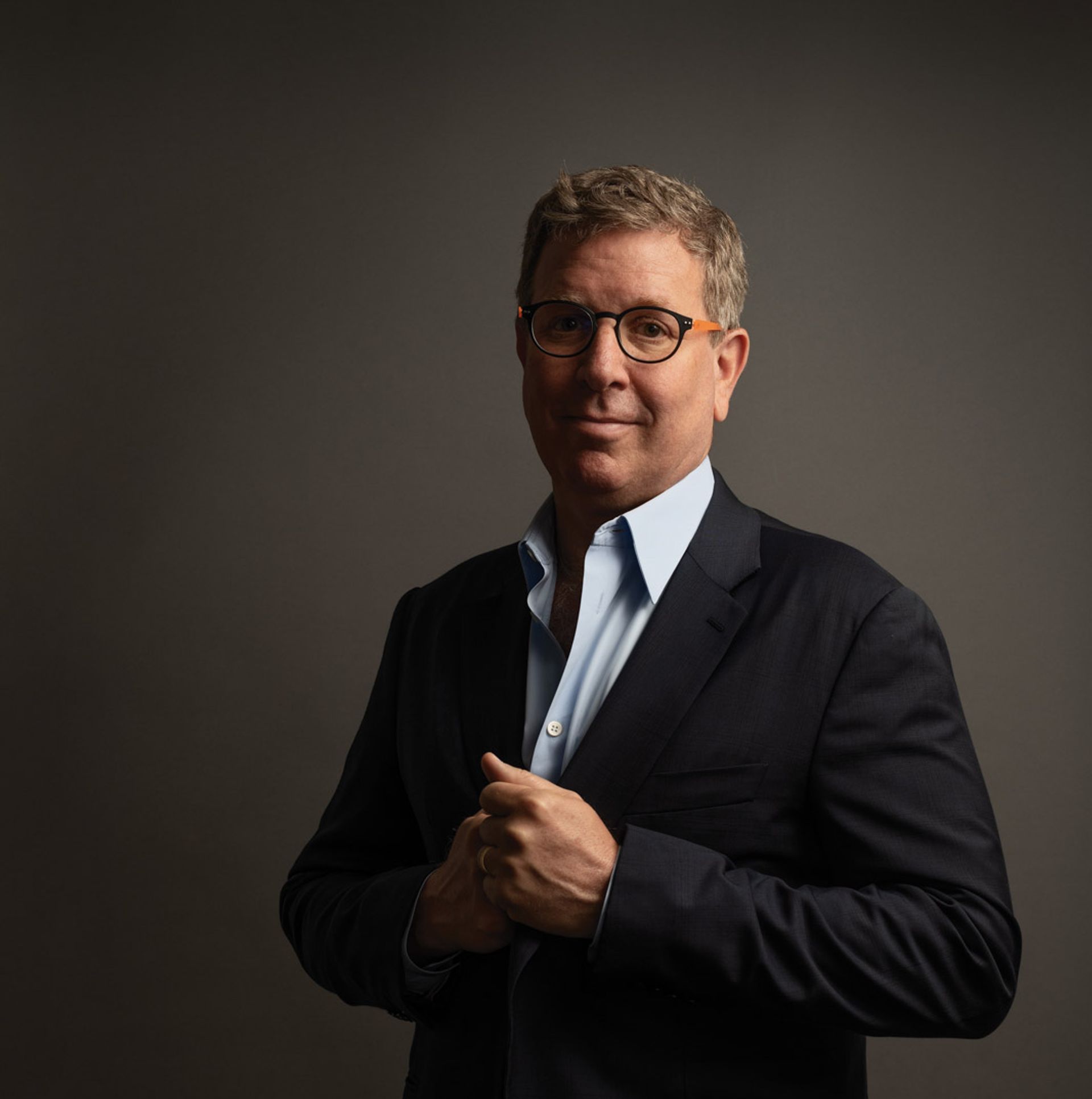
Marc Glimcher
Chief executive and president, Pace Gallery
The art market is so much an in-person world… we still need to physically travel
• I think next year we will see that the demise of small and medium-sized galleries will turn out to be greatly exaggerated. The pendulum will swing. They are facing major challenges for sure but at Art Basel in Miami Beach, one could clearly understand how critical they are to our “ecosystem”, not to mention all the creative and supportive things they do for their artists.
• This year will see a major moment for the great artists of the late 1970s and 1980s. They really were at the turning point of art history and created an epochal shift. Their work completed the move from a dialectic series of art movements to an art of the individual, which ushered in the age of identity and political discourse we find ourselves in today. Whether Julian Schnabel, Elizabeth Murray, Jean Michel Basquiat, Richard Prince, Sherry Levine or Barbara Kruger (I could name dozens more), these artists are finding their place in history finally recognised.
• Everyone is going to be faced with the green issue: how many flights do you take? How much oil do you burn in your gallery? We, the art institutions, are contributing to the cultural agenda and safeguarding our shared heritage. But we will not be able to hide the excesses of our carbon consumption behind that indefinitely. Our structure and our habits will all have to change. But will it change our travel habits? I don’t think so. The art market is so much an in-person world and we are the original experience economy, so I believe artists, dealers and curators will still need to physically travel around the world, but we do need to be mindful.
• Art technology! Artists are leveraging tech to create experiences instead of objects. Experiential and phenomenological art will be the driver in the expansion of the art world and we as gallerists have to find a way to support artists as they explore this new terrain.
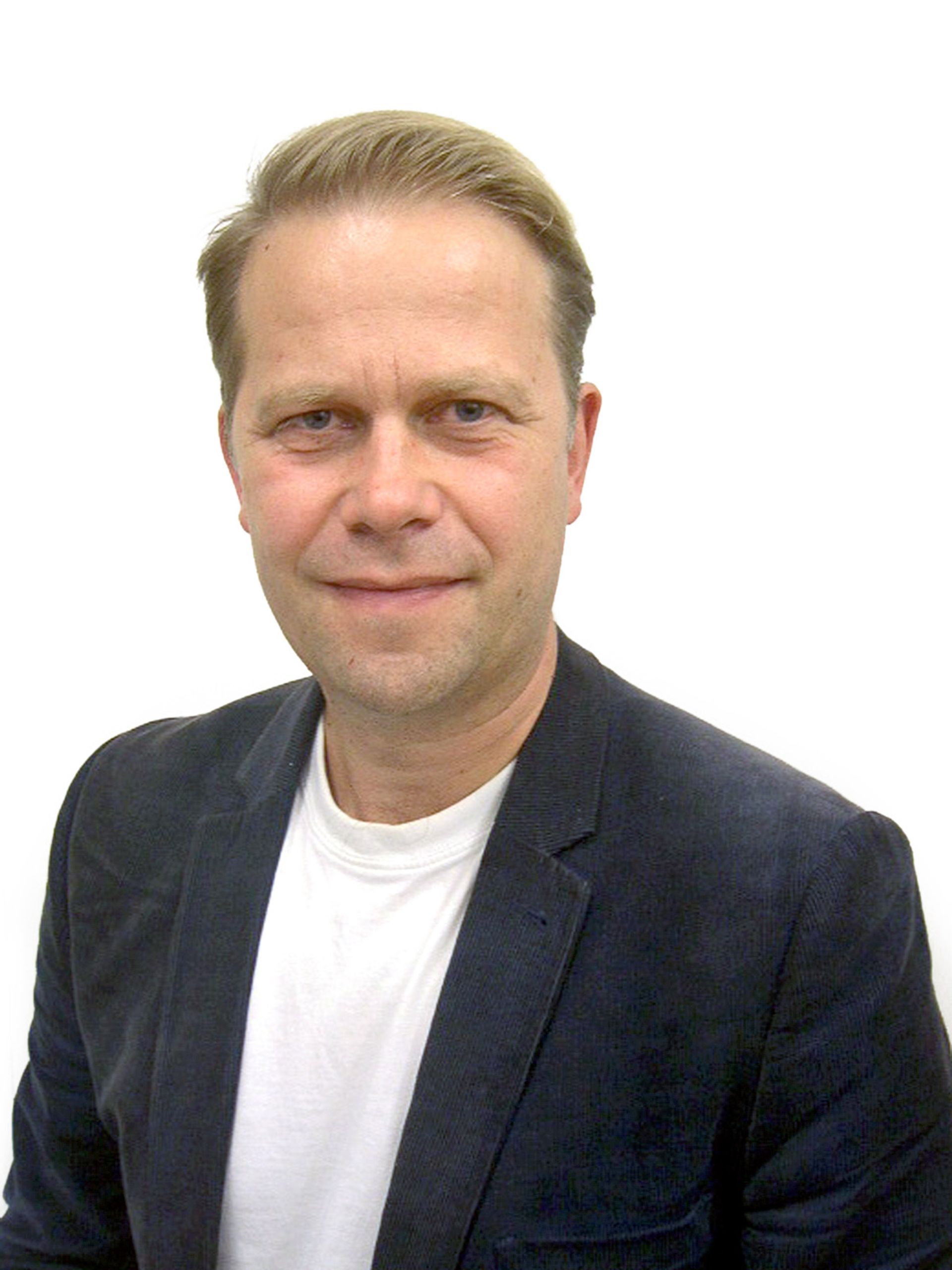
Anders Petterson
Founder and managing director, ArtTactic
Could KAWSmania entice NextGen buyers from other trillion-dollar industries?
• Auction guarantees, an increasingly important tool in the past five years, will dictate the destiny of the top end of the art market. However, a softening market in 2019 suggests that the risk appetite for guarantees is decreasing: recent post-war and contemporary evening sales in New York showed a 33% year-on-year decrease in guaranteed value, correlating with the overall decline in sales this season (31.5% lower than November 2018). The market for auction guarantees is now pretty much deciding the outcome at the top end of the market, and it looks like guarantors are increasingly jittery.
• Younger artists will continue to inject energy into the lower end of the auction market. After two years of consecutive growth, total sales of post-war and contemporary art at Christie’s, Sotheby’s and Phillips in New York and London declined by 12.7% over the past 12 months. However, evening and day sales are showing diverging trends: day sales saw an 11.6% increase. New and existing collectors will be looking for opportunities in lower price segments of the market—particularly among a younger generation of artists, who saw auction sales jump 93% in 2019.
• The rise of the KAWS market could be a sign of a bigger structural shift. With more than $87m in auction sales in 2019 (up 216% from 2018), the artist is one of the few who has challenged existing conventions and norms. The KAWS “brand” attracts many, from 15-year-olds who buy his Vans sneakers and Supreme hoodies, to established collectors and museums who purchase his paintings for millions. Some might call this straddling of luxury, fashion and art a fad, while others believe it could be the start of something new. Could “KAWSmania” be a sign that the art market is on the verge of finally breaking out of a decade of stagnant growth by enticing NextGen buyers from neighbouring trillion-dollar industries?
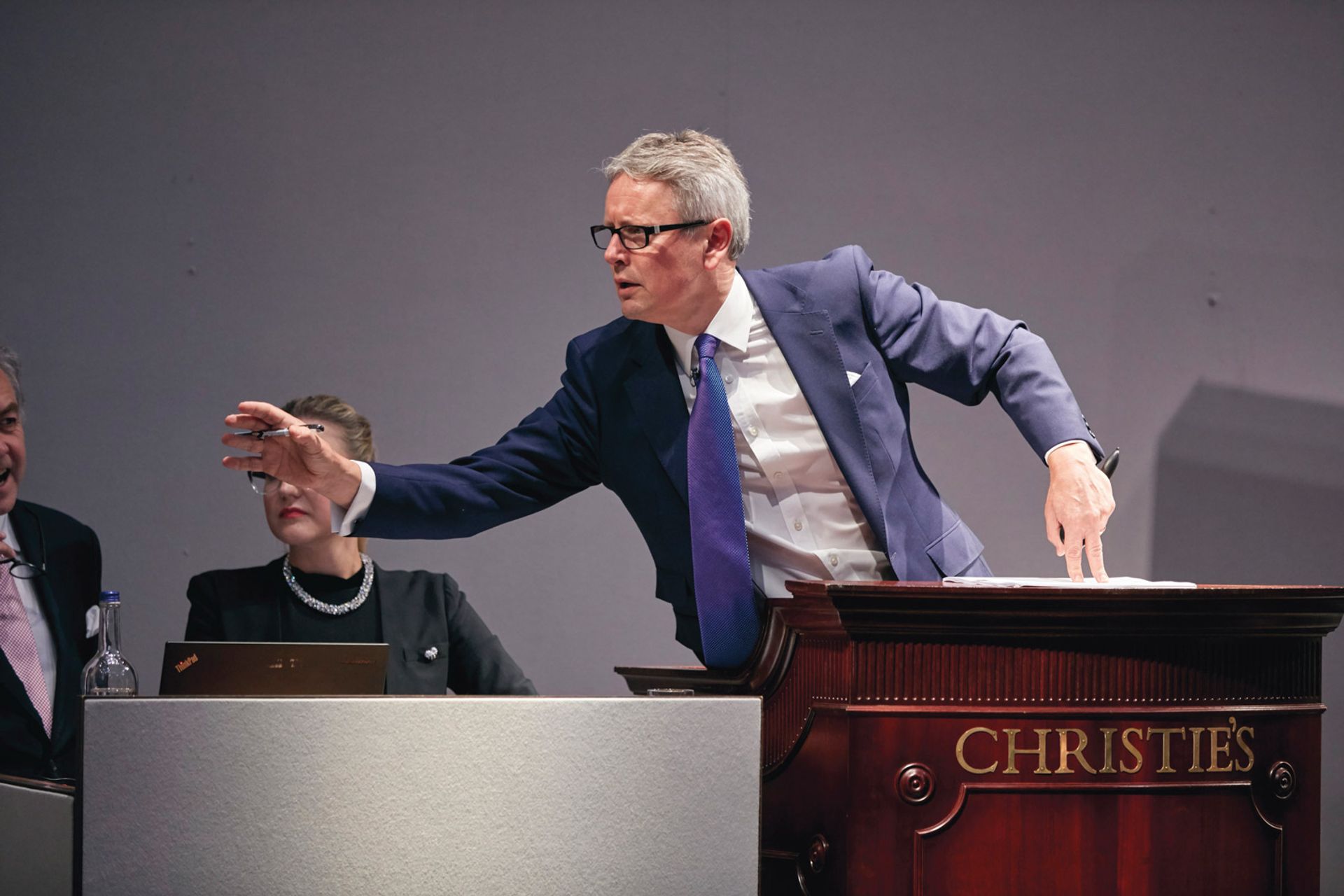
Jussi Pylkkänen
Global president, Christie’s
Nearly 60% of buyers only engage with us [at Christie’s] digitally
• Buyer demand will remain high despite a challenging geopolitical environment with a reduction in total supply. I sold in London, New York and Hong Kong across October and November last year, and bidding was as vigorous as I have seen it, with records broken for many artists. Art continues to be seen as an attractive long-term acquisition. The middle market will see strong activity continue from a broader, global group of clients.
• Digital will continue to grow. At Christie’s we have seen an increase in engagement through our online sales and content channels: nearly 60% of buyers only engage with us digitally.
• Day sales were strong in 2019 and I predict this will continue to grow. For example, the New York November post-war and contemporary art day sales achieved the highest ever day sale total in auction history, with a combined total of $1.1m and works by Ruth Asawa, George Condo, Frank Stella, Andy Warhol and Joan Mitchell all achieving prices over the $3m mark.
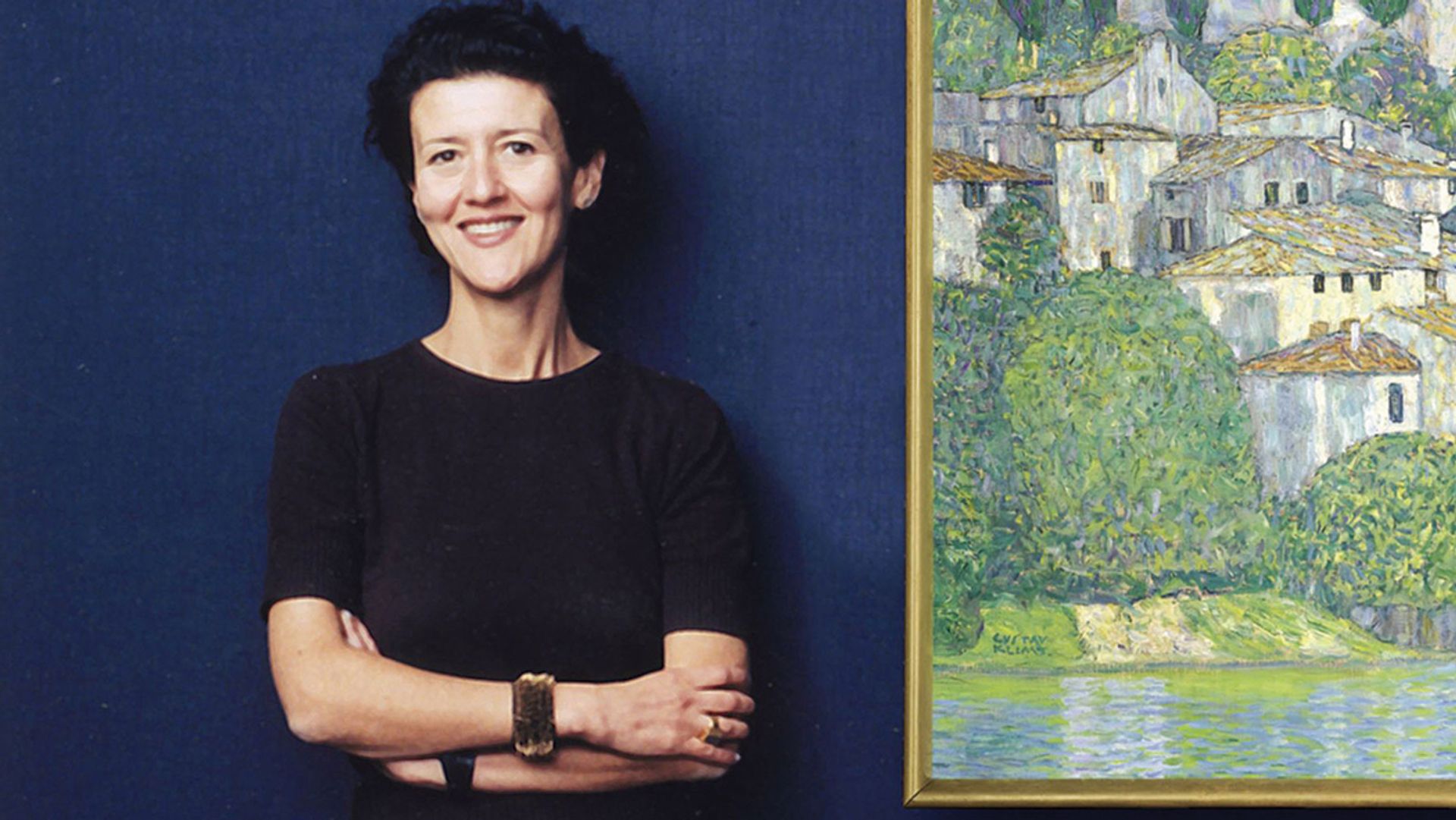
Melanie Clore
Former specialist of Impressionist and Modern art at Sotheby’s and co-founder of art advisory Clore Wyndham
Post-Brexit, Paris will compete with London for a larger share of the market
• The gap between good, better and best will continue to widen. Collectors are more informed about prices and quality because there is so much on offer, with endless opportunities to buy art. They will only pay the highest prices for premium works—not for the more middling material.
• The art market in Asia will be increasingly unpredictable because of the lack of stability in Hong Kong and perpetually shifting trade deals between the US and China.
• Post-Brexit, Paris will try to compete with London for a larger share of the art market, by putting pressure on Brussels to impose tariffs and a tough deal on the UK-EU art trade. Will it work? Only time will tell.
• Women artists such as Helen Frankenthaler, Lee Krasner, Barbara Hepworth and Bridget Riley will continue to find their correct place in art history books and in the art market alongside their male peers.
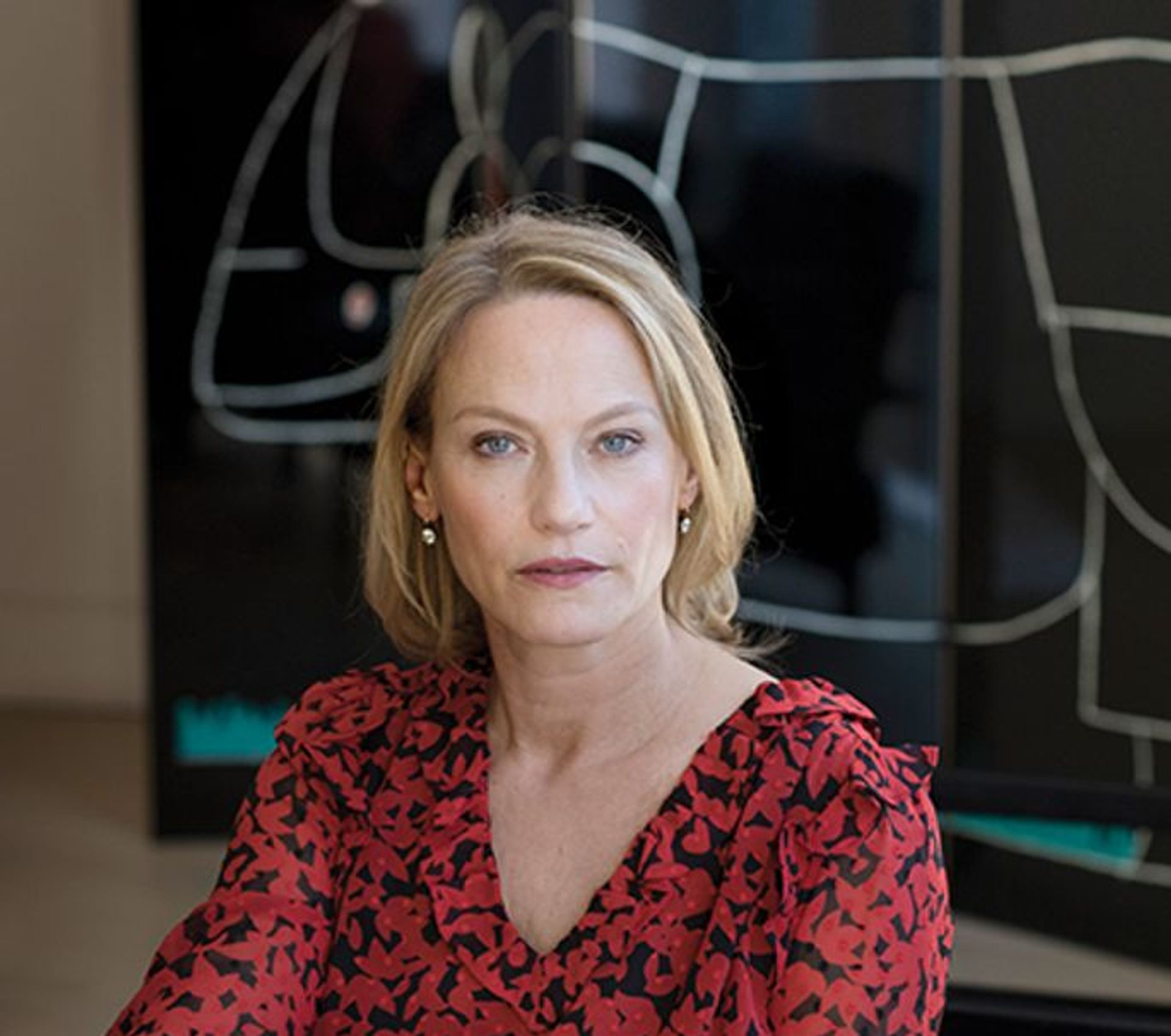
Cheyenne Westphal
Global chairwoman, Phillips
The new generation of artists working in figuration points to a shift in taste
• The contemporary art market is entering a new territory, due to the growth and vibrancy of the middle market. The focus this season, like no other before it, is on works priced from the hundreds of thousands of dollars to the mid-millions. The results indicate a robust market; day sale totals are breaking records season after season and we will focus on building on this in 2020.
• The enormous amount of enthusiasm for the new generation of artists working in figuration points to a shift in taste. I think 2020 will continue to see this renewed appreciation, with artists such as Julie Curtiss, Genieve Figgis, Tschabalala Self, Nicolas Party and Christina Quarles garnering great international attention.
• Confidence in digital will continue to grow, as will the importance of having industry-leading apps to engage with our existing client base. Social media will be one of the biggest drivers of new clients, affecting the ways in which we bring in business and conduct sales.

